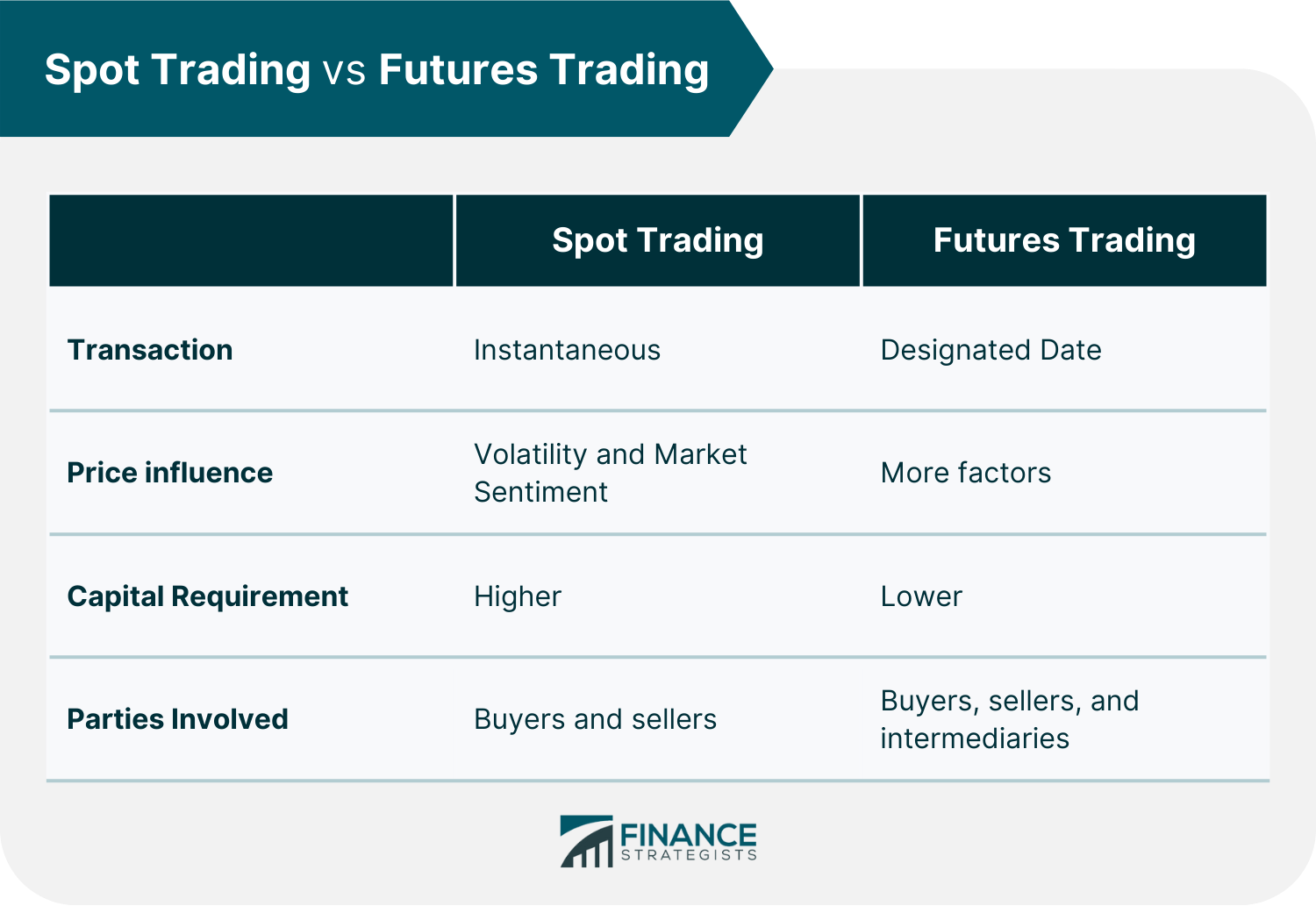Introduction
In the realm of financial markets, two distinct trading styles emerge: option trading and day trading. While both share the common goal of profit generation, they diverge significantly in their strategies, risks, and potential returns. Understanding these differences empowers traders to make informed decisions that align with their investment objectives and risk tolerance.

Image: www.kotaksecurities.com
Option trading involves the buying and selling of options contracts, which grant the buyer the right – but not the obligation – to buy or sell an underlying asset at a specified price on or before a certain date. Day trading, on the other hand, focuses on short-term price fluctuations within a single trading day, with positions typically closed before market close.
Understanding Options Contracts
Options contracts are derivative financial instruments that derive their value from an underlying asset, such as a stock, bond, commodity, or index. They come in two primary forms: calls and puts.
Calls give the buyer the right to buy the underlying asset at the strike price on or before the expiration date. Puts, conversely, provide the right to sell the underlying asset at the strike price. The strike price is the predetermined price at which the option can be exercised.
Options also have a premium, which is the price paid to the seller of the option contract. The premium reflects the market’s assessment of the likelihood that the option will be exercised profitably.
Options Trading Strategies
Option traders employ various strategies to capitalize on market movements. Some common strategies include:
- Buying calls: Anticipating a rise in the underlying asset’s price.
- Buying puts: Expecting a decline in the underlying asset’s price.
- Selling calls: Betting that the underlying asset’s price will not rise above the strike price.
- Selling puts: Believing that the underlying asset’s price will not fall below the strike price.
- Spreads: Combinations of buying and selling options with different strike prices and/or expiration dates to mitigate risk or enhance return potential.
Day Trading Techniques
Day traders utilize technical analysis to identify short-term trading opportunities. They analyze price charts, indicators, and market trends to predict price movements within a trading day.
Common day trading techniques include:
- Scalping: Taking multiple small profits throughout the day by capturing tiny price fluctuations.
- Range trading: Identifying support and resistance levels and trading within those boundaries.
- Trend following: Trading in the direction of the prevailing market trend.
- Breakout trading: Entering or exiting positions when prices break through key technical levels.
- Momentum trading: Riding price momentum by trading in the direction of strong price movements.

Image: www.financestrategists.com
Risks and Returns
Both option trading and day trading involve inherent risks and potential returns. Option trading carries the risk of losing the premium paid if the option expires worthless. Day trading, with its high frequency of trades, exposes traders to potentially large losses due to market volatility.
The potential returns in option trading can be significant, especially for successful spread strategies. Day trading, while offering the potential for quick profits, requires substantial skill, discipline, and risk management strategies.
Choosing the Right Strategy
The choice between option trading and day trading hinges on an individual’s risk tolerance, investment objectives, and trading style. Option trading suits those seeking leveraged exposure to the underlying asset with limited downside risk. Day trading appeals to traders with a high tolerance for risk, a strong understanding of technical analysis, and the ability to execute trades quickly and efficiently.
What Is The Difference Between Option Trading And Day Trading

Image: www.pinterest.co.uk
Conclusion
Option trading and day trading offer distinct opportunities and challenges in the financial markets. By comprehending the differences between these strategies, traders can make informed decisions that align with their risk tolerance and investment goals. Whether seeking leveraged exposure to underlying assets or pursuing short-term trading profits, both option trading and day trading provide pathways to potential returns with varying levels of risk.






